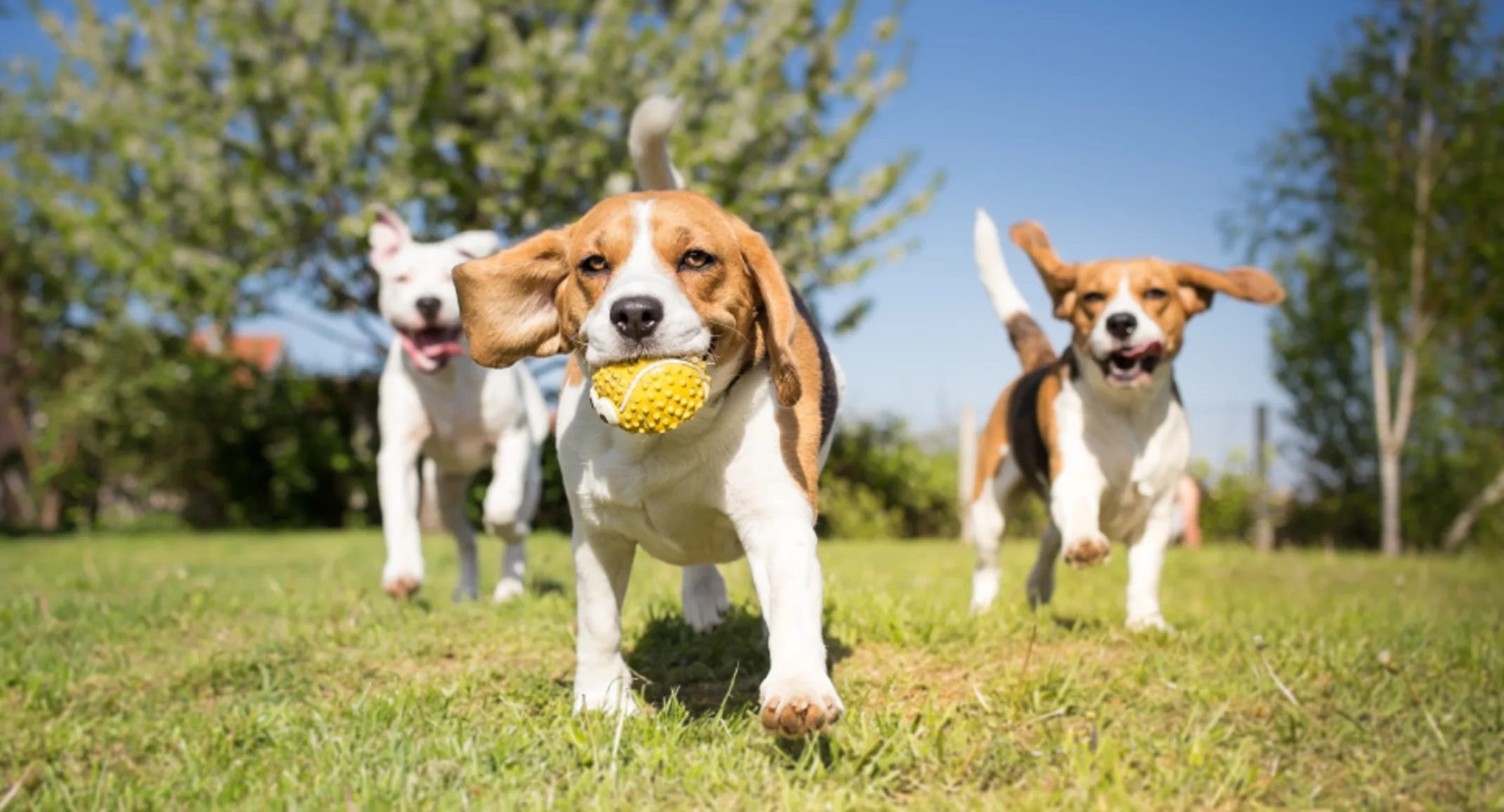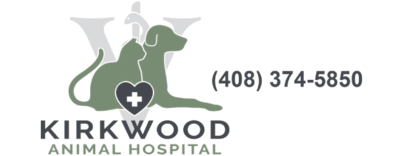February 2022 Newsletter: The Importance of Healthy Teeth
Newsletters

Healthy teeth are not just important for playing and pain-free eating, but they are also essential to your pet’s overall health. This month we review the importance and procedures to keep your pet’s teeth and gums healthy.
Importance of Healthy Teeth and Gums
In the wild, a broken or infected tooth could result in a dangerous or even fatal situation. Fortunately, our pets are not reliant upon their teeth for catching their dinner — but they still need strong teeth to eat and remain healthy.
Just like people, the area between the teeth and gums are common entry points for bacteria and subsequent infections throughout the body. Bacteria, through a loose/broken tooth or swollen/loose gums, can quickly enter the bloodstream and impact the respiratory, digestive, circulatory and immune systems.
As an owner, it’s our responsibility to monitor our pets for red, swollen or receding gums as well as chipped, broken or even loose teeth. These are signs of dental, gingivitis or periodontal disease — a situation that should be addressed before more severe health issues occur.
Beyond examining our pet’s teeth, owners should also be on the lookout for consistent bad breath, yellowing teeth, or excessive tartar build-up. All of these are indications that your pet might require professional dental assistance.
Plaque and Tartar
Plaque is a film of bacteria made up of food particles and saliva that collects on teeth every day. If not removed, plaque can lead to cavities, periodontal disease and gingivitis.
Tartar is the hardening and layering of plaque over time and is often seen as a hard, yellow substance on teeth. Tarter pushes your pet’s gums away from their teeth resulting in red or swollen gums. This swelling provides an entry point for bacteria.
Over time, the build-up of plaque and tartar leads to tooth bone atrophy and receding gums creating larger and larger gaps for food and other health threats to more easily enter your pet’s body and produce tooth decay.
Cleaning Your Pet’s Teeth
Regular teeth brushing, ideally daily or at least weekly, is important to your pet’s dental and overall health. While few pets enjoy having their teeth brushed, the process can be more tolerable with the use of today’s flavored toothpaste. And regular cleanings tend to be more easily tolerated if started at a younger age.
Be sure to use a finger or other toothbrush specifically designed for your pet as they have the appropriate firmness to remove plaque and to help limit tartar. Never use a toothbrush or toothpaste designed for humans as they contain abrasives and chemicals that should not be swallowed.
Before starting, examine your pet’s teeth and gums looking for any cracks, chips or potential sensitivities. Then start slowly in the front, move to the upper back and then lower back — and then work your way forward. Once complete, repeat the process on the other side. Allow your pet to lick the toothpaste and give your pet a “break” between sides. Give them hugs and encouragement throughout the process. While few pets enjoy having their teeth cleaned, greater frequency will result in faster and more effective cleanings.
When to Consider a Professional Cleaning
As pets approach their “mid-years” (5 to 7 years of age), most are due for professional teeth cleaning to remove the tartar buildup that naturally occurs over their lifetime. The timeframe is very much influenced by your pet’s oral hygiene practices and their diet. Harder or dry pet food often acts as a cleaning abrasive extending the professional cleaning interval, while softer/canned/table food tends to result in greater cleaning needs.
The Cleaning Process
Before commencing the cleaning process, we’ll review your pet’s medical history, conduct an exam, and potentially obtain blood samples. Because your pet will be anesthetized during the dental procedure, providing full access to your pet’s mouth on a pain-free basis, we will provide you with pre-operative directions.
On the day of the cleaning, we will greet your pet keeping them calm and comfortable. Anesthesia will be administered so we can fully examine your pet’s teeth and gums. We’ll take x-rays, remove any plaque and tartar — examining above and below the gumline. We’ll address any chipped, loose, or teeth that must be extracted. And we’ll polish your pet’s teeth to delay any subsequent buildup of plaque and tartar.
After your pet’s dental procedure, we’ll review the work that was done along with any medications that may be required — such as antibiotics or short-term anti-inflammatory/pain medication. We’ll also provide eating directives so you’re ready to feed your pet as their appetite returns — most likely by the evening. Within no time, your pet will be back to their normal activity, and you and your family can rest assured knowing your pet’s teeth and gums are healthy!
